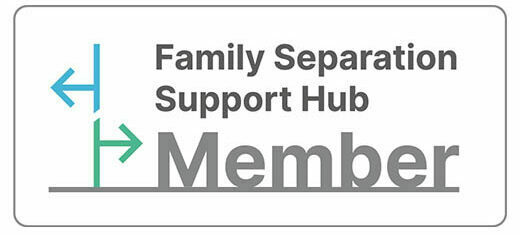In the aftermath of a decision to divorce or initiate a separation, deciding where your children will live and how much time they will spend with each parent is likely to be one of your immediate priorities. If you and your former partner cannot come to this decision amicably or with the assistance of a mediator, you may consider applying for a child arrangement order to be decided by the courts.
This article will discuss what this process involves and whether a child arrangement order is legally binding.
What is the process of getting a child arrangement order?
The process of getting a child arrangement order will vary depending on the complexity of the case. However, the process generally passes through the following steps:
- Engagement with MIAM (Mediation Information and Assessment Meeting) unless exempt.
- You submit your application with the help of your family law solicitor and send a copy of to the other parent.
- The other party then has 14 days to respond and to complete the relevant forms for the court.
- Safeguarding checks will be carried out on both parents, this process may involve both the police and social services.
- There will be a preliminary hearing of the application so the court can determine how to best handle your case and if any agreement can be reached.
How long does a child arrangement order take?
The length of time a child arrangement order will take depends on the complexity of the case. Most cases will reach the point of a preliminary court hearing from around 6-8 weeks after the application is submitted. However, it can take from 6 to 12 months to achieve the final order. In some urgent cases, the court will be able to issue the order in a shorter timeframe.
What happens if a parent refuses to abide by the order?
Once a child arrangement order is issued, most parents hope to draw a line under the experience. However, while legally binding, some parents do refuse to follow the order after leaving the court. If this is the case, you can apply to the court to enforce the order at which time it will consider the reason for the breach. At the hearing, the court will decide whether the breach was due to reasonable circumstances and will determine the appropriate course of action.
What is the difference between a child arrangement order and a special guardianship order?
If someone other than a parent (for example a family friend, a grandparent or other relative) wishes to assume parental responsibility for a child, a special guardianship order is required. This gives the relevant adult the legal right to make decisions for the child and assume parental responsibility, though this should be done in consultation with anyone else, including the child’s parents, who also hold parental responsibility.
A special guardianship order is a permanent order applied until the minor child reaches 18. Although similar in some respects to a child arrangement order, the special guardianship order is different. It was introduced to bridge the gap between a child arrangement order and the legal adoption of a child.
These orders usually come about in care proceedings but can also be an option in complex private children law disputes.










